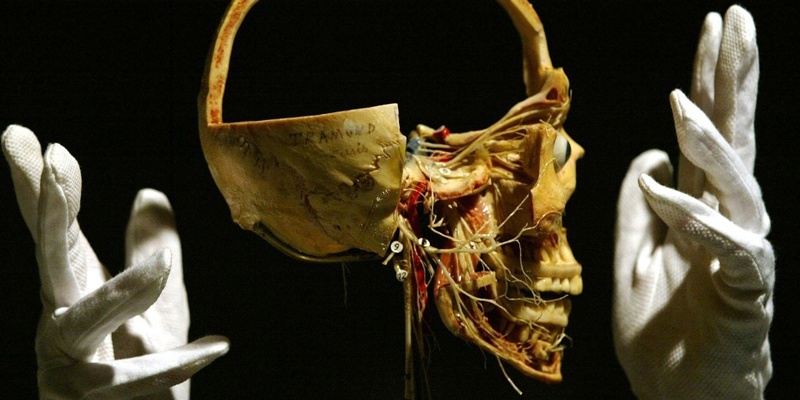A Fife man is campaigning for the law to be changed to ensure those who leave their body to medical science have their last wishes granted.
Douglas Reid (70), of Cluny, has launched a petition calling for a person’s body to become part of their estate when they die.
He hopes his petition will result in a change of legislation that will help make more cadavers available for medical schools.
Mr Reid said under the Human Tissue (Scotland) Act 2006 the executor of a will currently has the power to overrule the deceased’s intention to have their body used for anatomical study, whether it be for religious, moral or other reasons.
”Because your body is not part of your estate, like your house or your property, you could end up being buried or cremated,” he said.
”Your last will and testament will not be fulfilled because you’re not there to defend your wishes. Bodies are in short supply. There are about five or six students per cadaver.”
The importance of body donation hit Mr Reid about two decades ago, when he was waiting for a cornea transplant at Moorfields Eye Hospital in London.
”Five of us were waiting and it dawned on us that we were waiting for somebody to die,” he said.
Mr Reid and his wife Isobel signed up to leave their bodies to either Dundee or St Andrews universities.
Four years ago, Mrs Reid died at the age of 61 and her remains went on to benefit students at Dundee’s medical school.
As a retired engineer, Mr Reid said hands-on experience is vital to anyone carrying out practical tasks, in particular medical students.
He added: ”You can learn so much from a book or a computer or visual displays, but you can’t beat hands-on experience.”
In addition to a paper petition, Mr Reid has registered an online petition on the Scottish Parliament’s website.
Members of the public who support the campaign have until September 7 to sign the petition.
Mrs Reid is featured in the book In Memoriam, by Eddie Small, who is a creative writing tutor at Dundee University.
Mr Small said: ”The law changed things in 2006, when someone could no longer posthumously donate their body. Now it can only be done prior to the event and the person donating must be involved in it.
”I can see both sides, but it does seem to me that somebody’s own body should be above that kind of thing.”
Photo by David Cheskin/PA
